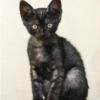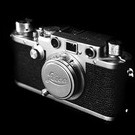Disappointed with Leica jpegs
-
Recently Browsing 0 members
- No registered users viewing this page.
-
Similar Content
-
- 101 replies
- 13,258 views
-
- 10 replies
- 348 views
-
Leica Q2 Jpeg 1 2 3
By tkao2025,
- 46 replies
- 21,553 views
-
L1002328.jpeg
By C.O.,
- 0 comments
- 119 views
-
L1002105.jpeg
By C.O.,
- 0 comments
- 133 views
-




Recommended Posts
Join the conversation
You can post now and register later. If you have an account, sign in now to post with your account.
Note: Your post will require moderator approval before it will be visible.